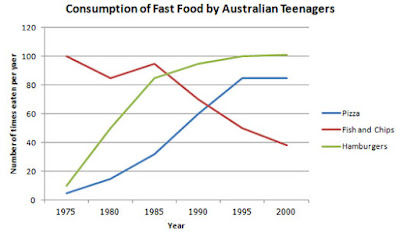HOW TO HANDLE TRUE, FALSE OR NOT GIVEN QUESTIONS IN IELTS READING
In IELTS reading
section, True, False or Not Given question usually appear as the first
questions in IELTS reading section. In this writing, we will discuss strategies to handle this type
of IELTS reading question.
So what is the
very first thing to do when facing the first reading passage? Well, certainly
we need to know the topic or main idea of the passage. To do this we need to to
do skimming. For more on skimming, see Tips To Do Skimming.
What are the
benefits of doing skimming prior to dealing with True, False or Not Given
question?
- First we will know what the text/passage is about. Thus, we can know the main idea of the passage. This can be done by reading the title, sub-title, first sentence of each paragraph in the passage and the last sentence of the last passage.
- Second, when handling other types of questions; for example, diagram labelling or flowchart questions, we can know what paragraph of the passage we can refer to. As we know these types of questions do not require us to analyze all paragraphs.
Alright, now what
do we do when answering the True, False or Not Given questions. Here are the
strategies:
- First, read the statement or sentence in the question and underline key words (important parts).
- Then, think of the synonyms of the key words or paraphrases of the key words. Why is it important to imagine these synonyms or paraphrases? Well, as you may know in many IELTS question (in reading and listening), what you need to look for is usually not the same as in the questions. Many of them are the paraphrases of the key words.
- Next, using the key words scan the passage and look for the synonyms or paraphrases you have anticipated. When you have come across with them, read around the sentences where the synonyms are. Try to understand the information there.
- Finally, if the information you find in the passage is similar to the information in the statement of question, then the probable answer is True. If the information in the passage is contradicting with the information in the question, you then choose False. However, if the information in the question is not found in the passage, your choice answer should be Not Given.
Those are the
possible strategies in handling True, False or Not Given question. Hope this
article helps.


Comments
Post a Comment